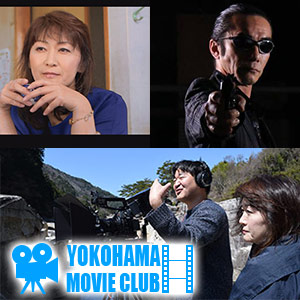During the Sengoku period (around 16th century), this temple became so powerful with monk warriors. However, in 1585, Toyotomi Hideyoshi attacked around this area and many of the building were lost in this war. Today's many remaining buildings were constructed in Edo period.
Daimon Gate
Daimon of the temple measures 12.48m width and 7.48m in depth. We don't know for sure when it was constructed, but judging from the inscription 1707 found in one of the gargoyles, it is estimated that this gate was built somewhere around that time.
Made of zelkova wood and well preserved, Daimon is among the most important structures remaining from the middle of the Edo period.
Hondo, The main Hall
The Hondo of Kokawadera is a typical example of the temple architecture that characterizes the mid-Edo period.
The original temple was built here in 770, the first year of Hoki in the Nara period, the existing building was constructed in 1720. Kokawa temple is generally known as the 3rd and the greatest amulet-issuing-temple and has long attracted people going on pilgrimages to the famous temples throughout the western part of Japan.
In the Naijin (the sanctuary or the inner chamber) of the Hondo is the Senju-sengen-Kannon (the Goddess of mercy with a thousand hands and a thousand eyes). It is kept deep inside a small temple called "Zushi." On either side of the Kannon stand her Niju-hachi-bushu. The Gejin and Chujin of the Hondo are 33.08m wide and 12.12m deep, while the Naijin is 23.93m width and 13.03m in depth.
Chumon Gate
Placing Shitenno, 4 divine gods of warriors. Constructed in 1832.
Senju Do
Constructed in 1679.
Dry Rock Garden
Built in late Momoyama Period(late 16th century). It has a feature of the dynamic art of Momoyama Period. It was made from huge rocks with powerful representations.






